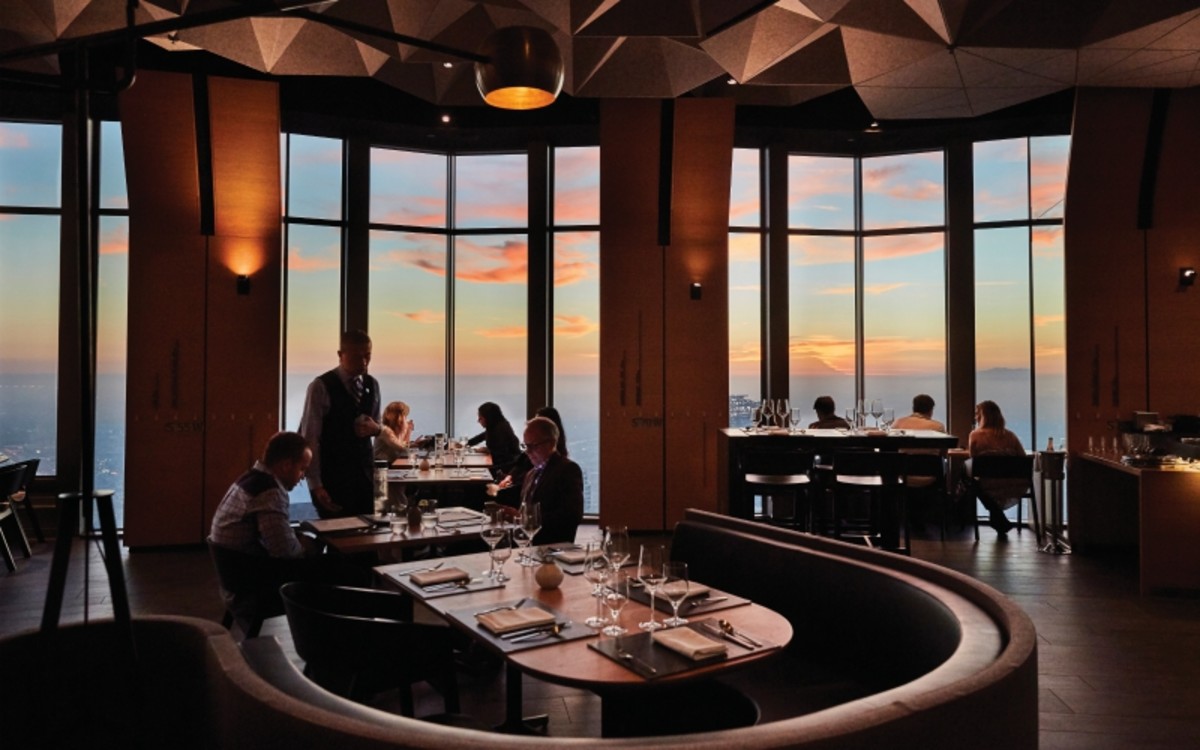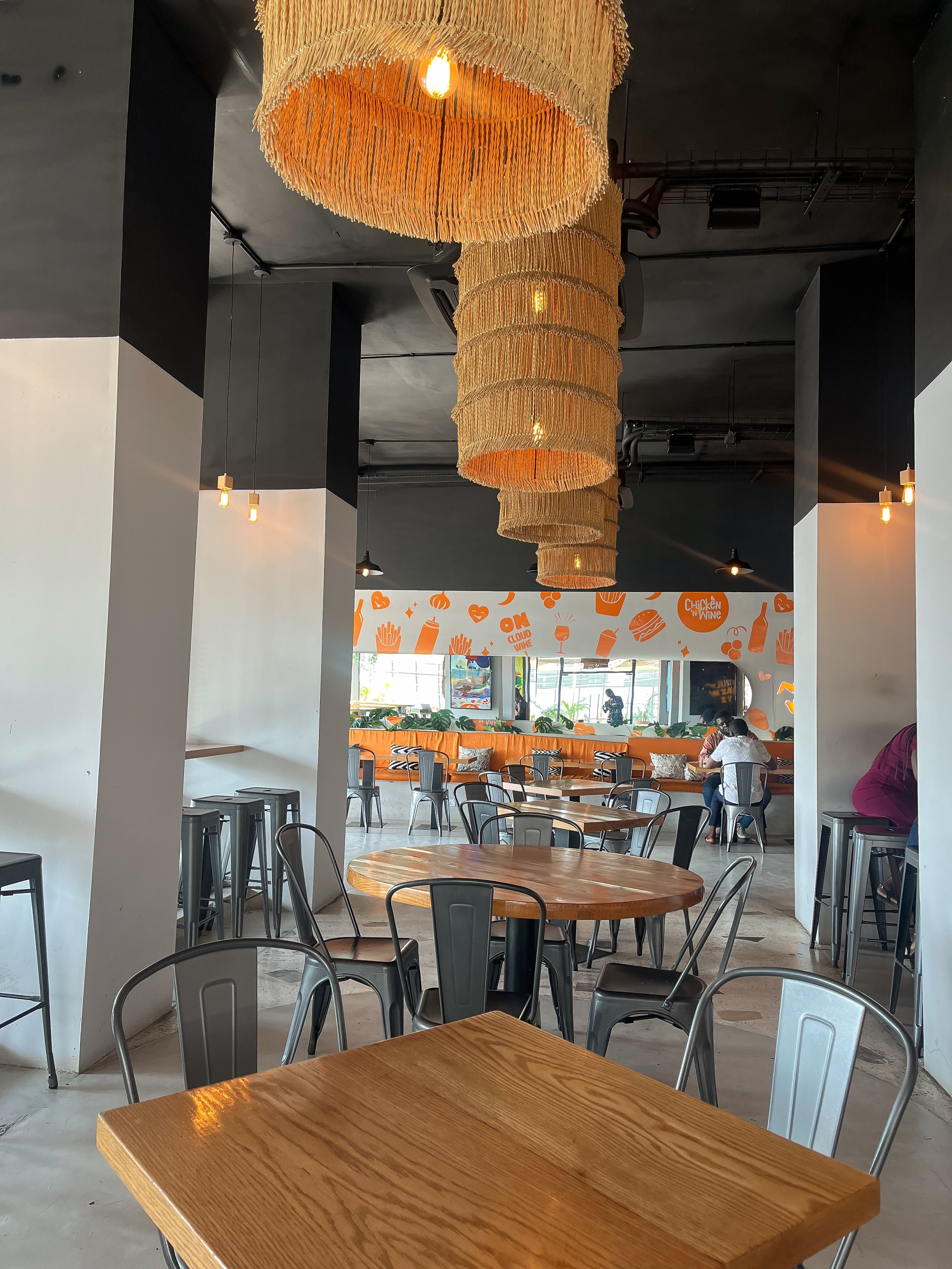Chinese Food Islamabad: Enjoy Genuine Chinese Cuisine at its Best
Chinese Food Islamabad: Enjoy Genuine Chinese Cuisine at its Best
Blog Article
Savor Authentic Eastern Cuisine With a Pan-Asian Spin for a Culinary Journey
Getting started on a cooking journey through genuine Asian cuisine, improved with a Pan-Asian spin, offers an one-of-a-kind possibility to discover the rich tapestry of flavors that define the region's varied cooking practices. As you consider these luring dishes, think about the social narratives and historic influences that form them, each bite supplying a story waiting to be discovered. pan asian restaurant Islamabad.

Exploring Pan-Asian Flavors
In the world of international gastronomy, Pan-Asian food sticks out for its remarkable diversity and the unified interaction of tastes from numerous Oriental societies. This cooking approach celebrates the unique ingredients and rich practices located throughout the continent, producing a tapestry of tastes that is both gratifying and interesting. Secret to Pan-Asian food is its capacity to stabilize different tastes-- pleasant, salty, spicy, and sour-- while highlighting the freshness and top quality of each component.
From the umami-rich soy sauce of Japan to the fiery chili peppers of Thailand, Pan-Asian cuisine supplies a comprehensive scheme of flavors. These aspects are usually combined in creative ways, enhancing recipes with layers of complexity. For circumstances, the use of great smelling herbs such as lemongrass and cilantro, usual in Vietnamese and Thai food, adds a rejuvenating illumination to recipes, while the consolidation of coconut milk delivers a luscious, rich texture.
The focus on fresh produce and fragrant flavors guarantees that each dish is not just a feast for the taste but additionally for the detects. Pan-Asian cuisine welcomes restaurants to get started on a culinary trip, checking out the substantial and varied landscapes of Oriental gastronomy with every bite.
Fusion Meals to Attempt
While Pan-Asian cuisine is commemorated for its standard flavors, the contemporary culinary landscape is significantly accepting fusion meals that blend these traditional aspects with impacts from other regions. This cutting-edge technique not just honors the abundant heritage of Asian cooking arts however also presents unique preference experiences that interest modern tastes buds.
An archetype of such a combination dish is the Korean-Mexican taco, where marinated bulgogi beef is covered in a warm tortilla, covered with kimchi and a zesty gochujang-infused salsa. This mix marries the vibrant, full-flavored flavors of Korea with the dynamic, fresh elements of Mexican cuisine. Likewise, sushi burritos have gotten popularity, joining together the delicate virtuosity of Japanese sushi with the passionate, hand-held ease of a burrito, typically featuring blend active ingredients like tempura shrimp and avocado with a drizzle of wasabi mayo.
Another notable dish is Thai curry ramen, which infuses the luscious, aromatic seasonings of Thai curry into the calming broth of standard Japanese ramen, developing an unified mix that entices the senses. These fusion dishes prolong past mere uniqueness; they represent a culinary dialogue between societies, encouraging exploration and technology in the world of Pan-Asian food.
Necessary Components and Flavors
To absolutely value Pan-Asian food, one should recognize the crucial active ingredients and flavors that form its structure. This varied cooking style attracts from a rich tapestry of Asian customs, employing a harmonious mix of flavors and structures. Trick ingredients include soy sauce, fish sauce, and oyster sauce, which present a tasty umami deepness important to Oriental dishes. Corresponding to these are rice vinegar and mirin, lending a fragile level of acidity and sweet taste.
Aromatic elements are essential, with garlic, lemongrass, and ginger being common across various Pan-Asian dishes. These active ingredients supply a fragrant base that improves the complexity of tastes. Flavors such as celebrity anise, cardamom, and cinnamon introduce warmth and character, echoing influences from areas like China and India.

Food Preparation Techniques and Tips
Grasping the art of Pan-Asian food needs knowledge with its distinct food preparation methods, each try these out adding to the vibrant tapestry of tastes this cooking custom is celebrated for. Central to these methods is the stir-fry, a quick cooking strategy that protects the nutritional integrity and vivid shades of ingredients. Making use of a wok, the stir-fry technique enables also warm distribution, necessary for achieving the particular structure and flavor balance of Pan-Asian meals.
One more essential method is steaming, especially prevalent in Chinese cuisine. This gentle technique keeps the all-natural tastes and nutrients of ingredients, making it ideal for fish and shellfish and vegetables. Dumplings, a beloved staple, commonly take advantage of steaming, leading to soft, succulent textures.
Grilling, likewise important, passes on smoky depths to recipes such as Korean bulgogi or Japanese yakitori (best asian restaurant Islamabad). This method often entails marinading components, permitting flavors to penetrate deeply prior to cooking over an open fire or hot plate
Last but not least, grasping the art of stabilizing tastes-- pleasant, sour, salty, bitter, and umami-- is important. Appropriately layering these aspects can raise a meal from normal to remarkable, supplying a facility and satisfying culinary experience that symbolizes the significance of Pan-Asian food.
Eating Experiences Worldwide
Around the world, Pan-Asian food provides an unequaled dining experience, celebrated for its abundant tapestry of tastes and vivid discussions. This cooking sensation has actually transcended social limits, recording the hearts and tastes of food lovers worldwide. In worldwide cities fresh York, London, and Sydney, Pan-Asian restaurants offer as melting pots where culinary practices from Thailand, Japan, China, and beyond converge, giving restaurants with useful reference a diverse mix of recipes that highlight the area's diversity.
The international allure of Pan-Asian food depends on its ability to supply both authenticity and innovation. Chefs masterfully wed traditional components such as lemongrass, soy sauce, and miso with modern methods, leading to meals that are both familiar and refreshingly new. This fusion chinese cuisine enables restaurants to start a cooking trip that values heritage while embracing modernity.
In addition, eating experiences are elevated via thoughtfully developed environments that mirror the values of Pan-Asian looks. From minimal Japanese-inspired insides to vibrant Thai-themed rooms, each restaurant offers a distinct ambiance that matches the cooking offerings. Consequently, patrons are not merely eating a dish however partaking in a cultural experience, making Pan-Asian eating a genuinely international phenomenon.
Conclusion
The exploration of Pan-Asian food uses a profound understanding of the detailed interaction of flavors and culinary practices throughout Asia. By welcoming combination meals such as Thai curry ramen and sushi burritos, the cooking trip not only highlights the versatility of typical ingredients yet likewise showcases cutting-edge modern methods. This gastronomic journey, improved by necessary spices and cooking techniques, supplies a distinct possibility to appreciate the social variety and cooking virtuosity that define Pan-Asian food on an international range.
Embarking on a culinary trip through genuine Oriental cuisine, boosted with a Pan-Asian twist, uses an unique chance to discover the rich tapestry of flavors that specify the area's diverse culinary traditions.In the world of global gastronomy, Pan-Asian food stands out for its remarkable variety and the unified interaction of tastes from various Eastern societies. Key to Pan-Asian food is its ability to stabilize different flavors-- pleasant, salted, spicy, and sour-- while highlighting the quality and quality of each ingredient.

Report this page